- The Evolution of Bollywood: From Silent Era to Global Phenomenon
- Cultural Impact: Bollywood’s Influence Beyond Entertainment
- Notable Trends: The Changing Face of Bollywood Movies
- Iconic Bollywood Movies: Milestones in Indian Cinema
- Behind the Scenes: The Architects of Bollywood Magic
- The Future of Bollywood: Emerging Trends and Global Ambitions
- Audience Reception: How Bollywood Movies Connect With Viewers
- Conclusion: Bollywood’s Enduring Magic
The Evolution of Bollywood: From Silent Era to Global Phenomenon
Bollywood’s journey began in 1913 with India’s first silent feature film, “Raja Harishchandra,” directed by Dadasaheb Phalke. The industry evolved through distinct phases, each reflecting the social and political climate of its time.
The Golden Age (1940s-1960s)
The post-independence era saw Bollywood movies addressing social issues while establishing the foundations of musical storytelling. Iconic films like “Mother India” (1957) and “Pyaasa” (1957) combined artistic merit with commercial appeal, establishing Bollywood’s unique identity.
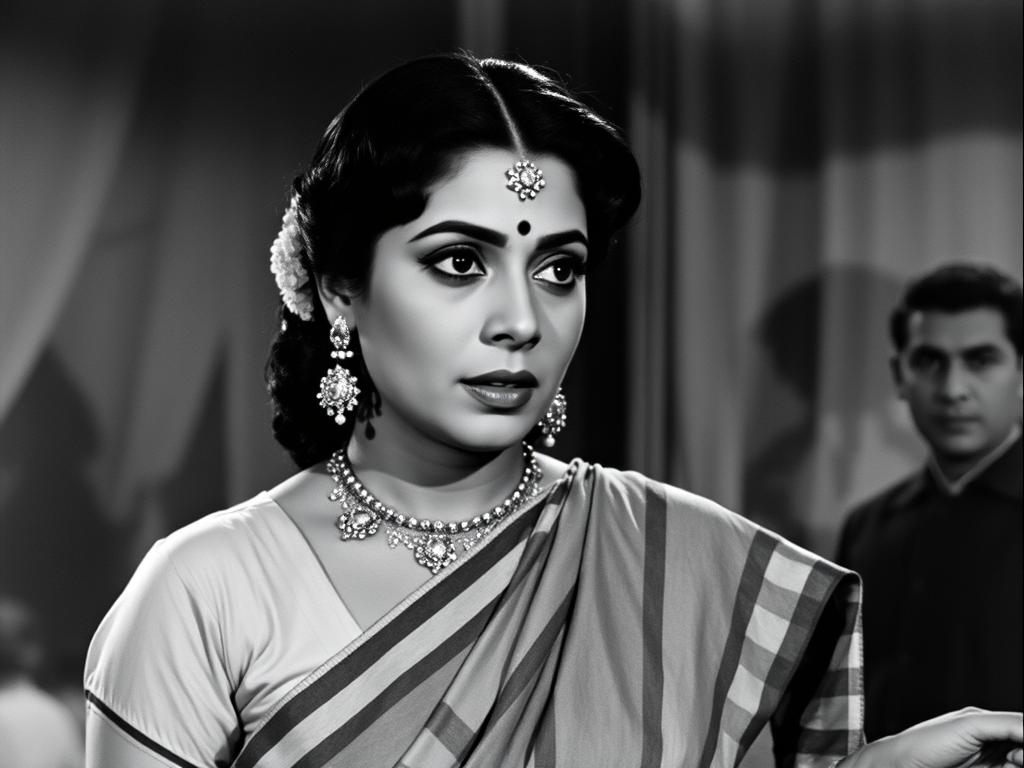
The Masala Era (1970s-1980s)
The 1970s introduced the “masala” formula—a mix of action, comedy, romance, and drama in a single film. “Sholay” (1975) exemplified this approach, becoming one of the most influential Bollywood movies ever made. This period also saw the rise of superstars like Amitabh Bachchan, whose “angry young man” persona resonated with audiences facing social inequality.
Modern Bollywood (1990s-Present)
The economic liberalization of the 1990s transformed Bollywood, introducing slick production values and overseas shooting locations. “Dilwale Dulhania Le Jayenge” (1995) revolutionized romantic storytelling and remains a cultural touchstone. The 21st century has seen further evolution with content-driven cinema coexisting alongside commercial blockbusters.
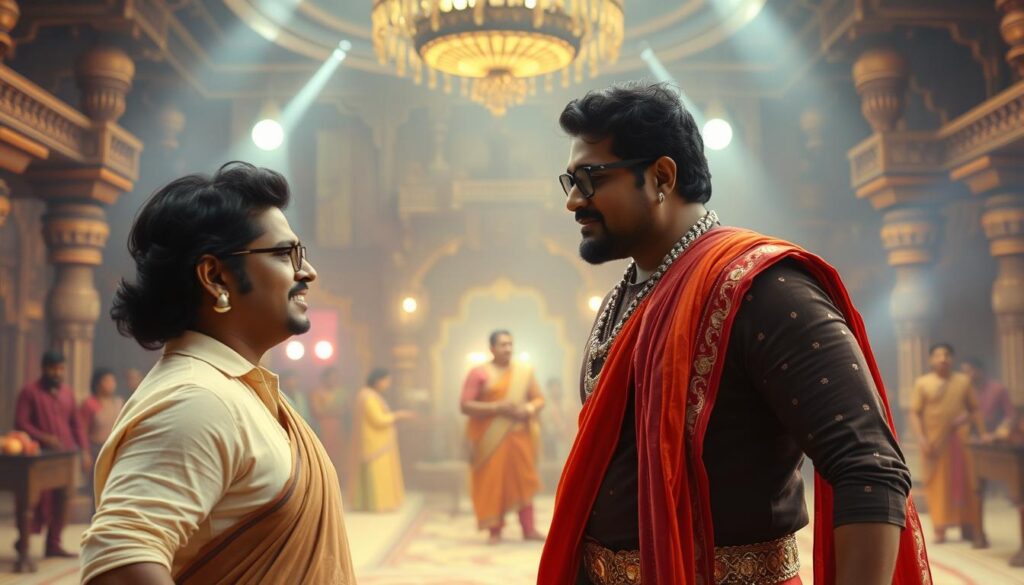
Discover Classic Bollywood
Want to experience the magic of Golden Age Bollywood? We’ve curated a special collection of must-watch classics that defined Indian cinema.
Cultural Impact: Bollywood’s Influence Beyond Entertainment
Bollywood movies serve as powerful cultural ambassadors, shaping perceptions of India while reflecting its evolving social landscape.
Influence on Indian Society
From fashion trends to wedding celebrations, Bollywood’s influence permeates everyday Indian life. Films often address social issues, with movies like “PK” (2014) questioning religious practices and “Dangal” (2016) challenging gender stereotypes. Dialogues from popular movies become part of common language, while songs form the soundtrack to major life events.
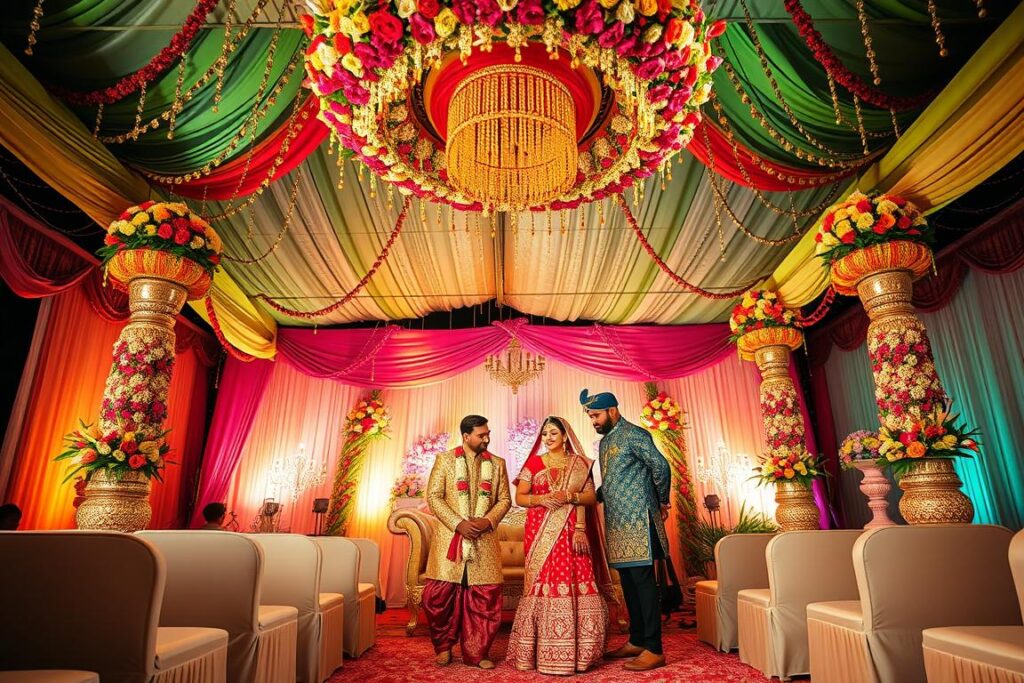
Global Reach and Diaspora Connections
For the Indian diaspora, Bollywood movies provide a vital connection to their cultural roots. International markets, particularly in the Middle East, Africa, and parts of Asia, have embraced Hindi cinema. The crossover success of films like “RRR” (2022) demonstrates Bollywood’s growing global appeal, while stars like Priyanka Chopra have successfully transitioned to Hollywood.
Bollywood Tourism
Film locations have become popular tourist destinations, with fans traveling to sites featured in their favorite movies. The iconic “DDLJ” tour in Switzerland attracts thousands of Indian tourists annually, while Mumbai’s Film City offers behind-the-scenes glimpses into the world’s most prolific film industry.
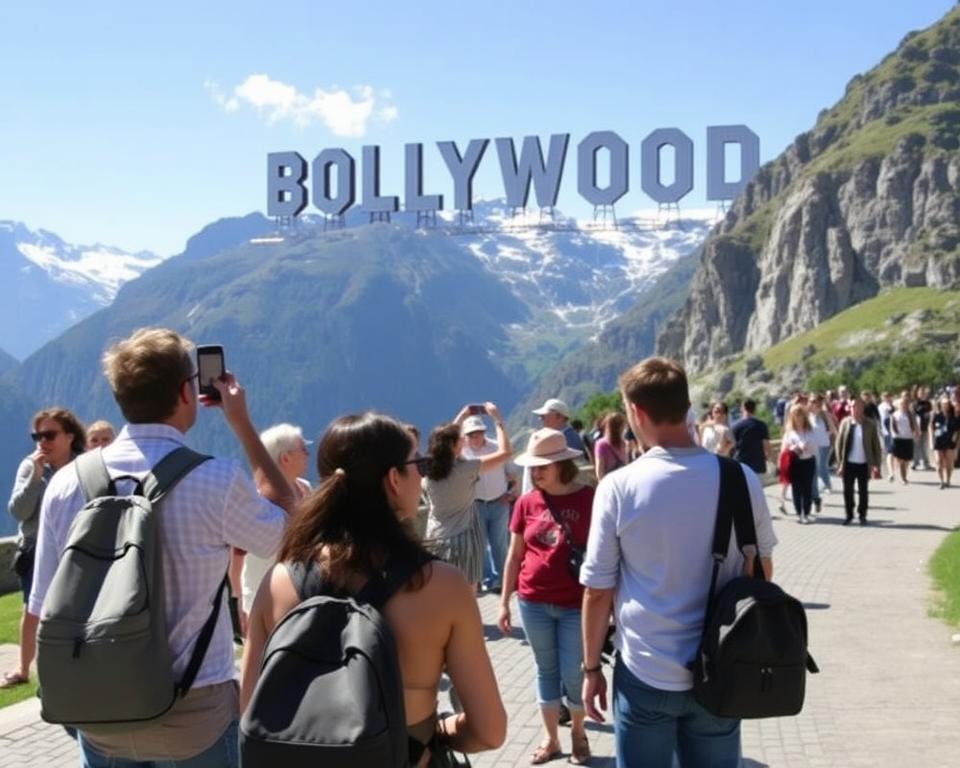
Bollywood’s Global Box Office Impact
The international market for Bollywood movies has grown significantly in recent years:
- North America: $125 million annual revenue
- Middle East: $70 million annual revenue
- UK: $25 million annual revenue
- Australia: $15 million annual revenue
Notable Trends: The Changing Face of Bollywood Movies
Bollywood continues to evolve, with several significant trends reshaping the industry in recent years.
Content-Driven Cinema
The rise of content-driven films marks a shift from star-focused formulas. Movies like “Andhadhun” (2018) and “The Lunchbox” (2013) prioritize storytelling over spectacle, finding both critical acclaim and commercial success. This trend has opened doors for talented actors without industry connections.
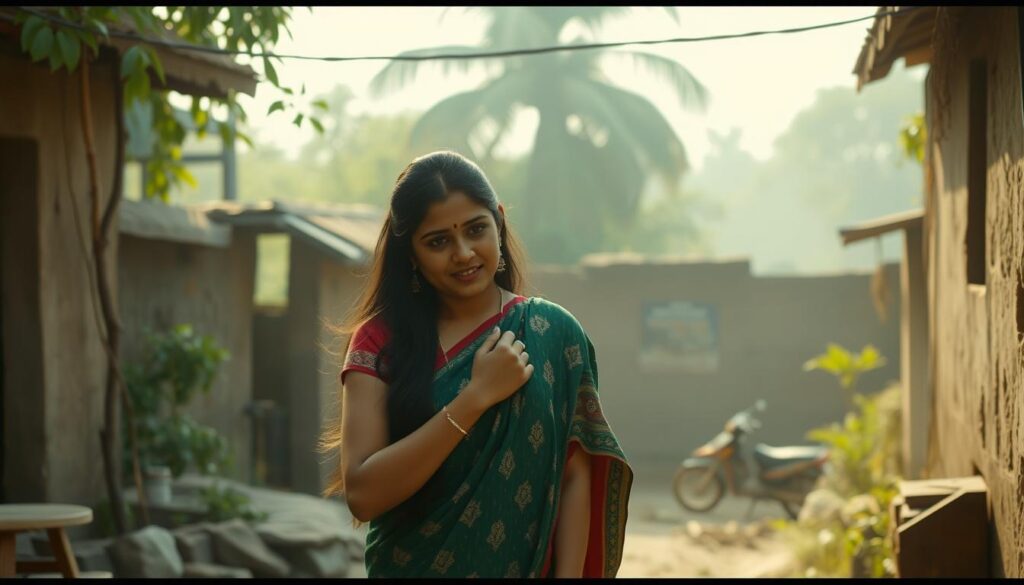
Digital Revolution
Streaming platforms have transformed Bollywood’s distribution landscape. Services like Netflix and Amazon Prime Video commission original Hindi content while making existing films accessible globally. This digital shift has encouraged experimental storytelling and provided opportunities for independent filmmakers.
Evolving Music and Dance
While song and dance remain integral to Bollywood movies, their implementation has evolved. Contemporary films often integrate musical sequences more organically into narratives. International influences have diversified Bollywood choreography, though traditional dance forms continue to inspire iconic sequences.
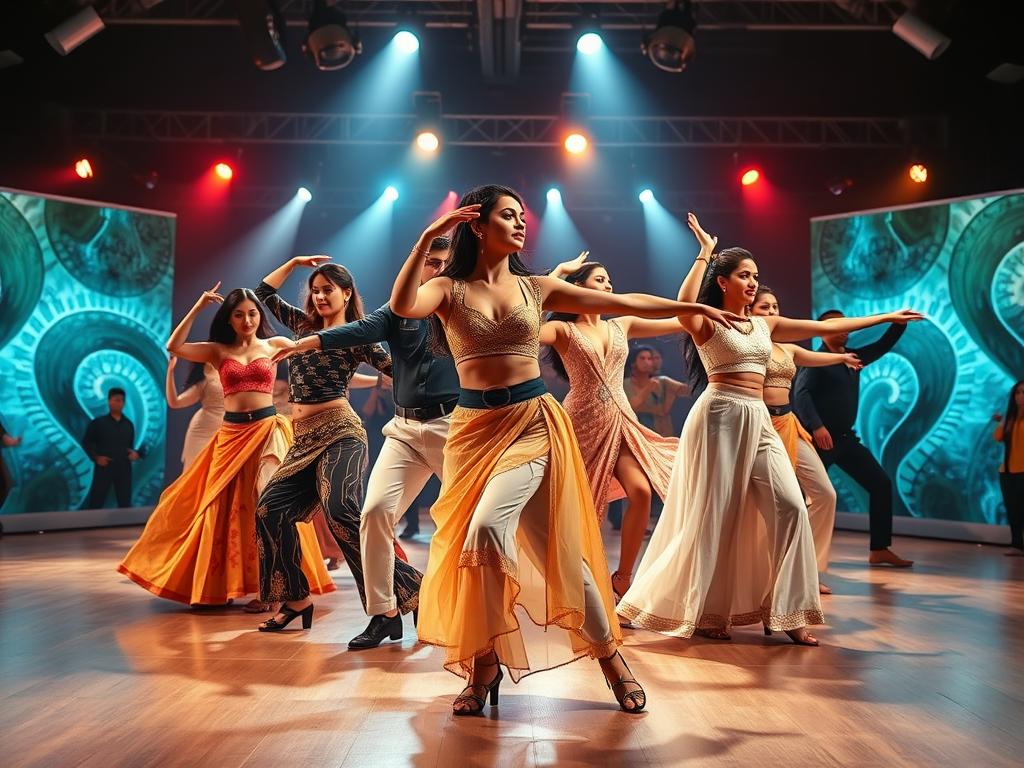
How has the pandemic affected Bollywood movies?
The COVID-19 pandemic accelerated Bollywood’s digital transformation, with major releases debuting directly on streaming platforms. Production practices have evolved with enhanced safety protocols, while storytelling has begun to reflect pandemic experiences. The industry faced significant financial challenges but demonstrated resilience through adaptation.
Stay Updated on Bollywood Trends
The world of Bollywood evolves quickly. Subscribe to our newsletter for the latest trends, releases, and industry insights delivered directly to your inbox.
Iconic Bollywood Movies: Milestones in Indian Cinema
Certain films have defined Bollywood’s journey, leaving an indelible mark on Indian cinema and popular culture.
Sholay (1975)
This curry western revolutionized Bollywood with its multi-star cast, memorable dialogues, and technical innovations. Its villain, Gabbar Singh, remains one of cinema’s most recognized antagonists.
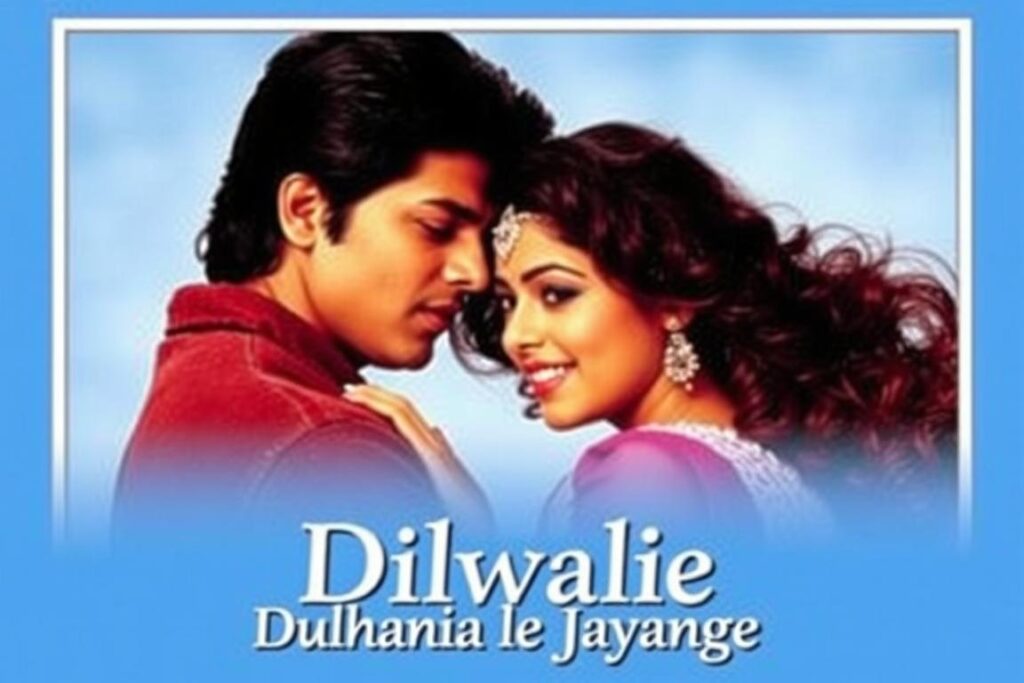
Dilwale Dulhania Le Jayenge (1995)
Running for over 25 years in Mumbai’s Maratha Mandir theater, this romantic epic redefined Bollywood’s portrayal of love and family values while establishing Shah Rukh Khan as the “King of Romance.”
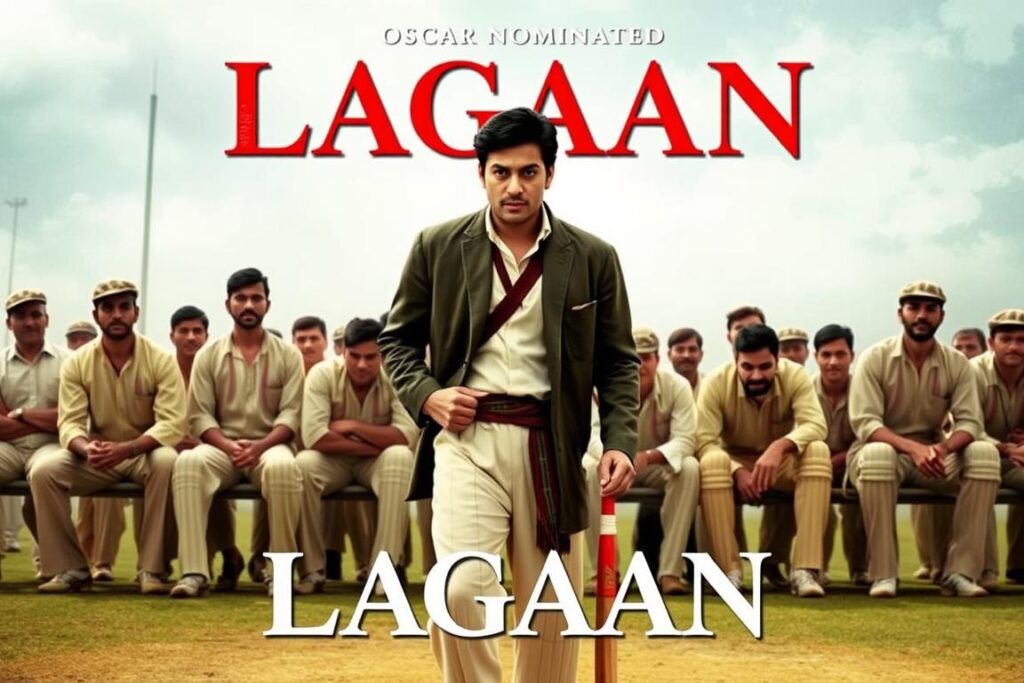
Lagaan (2001)
This period drama about villagers challenging British colonizers to a cricket match earned an Oscar nomination for Best Foreign Language Film, bringing international recognition to Bollywood.
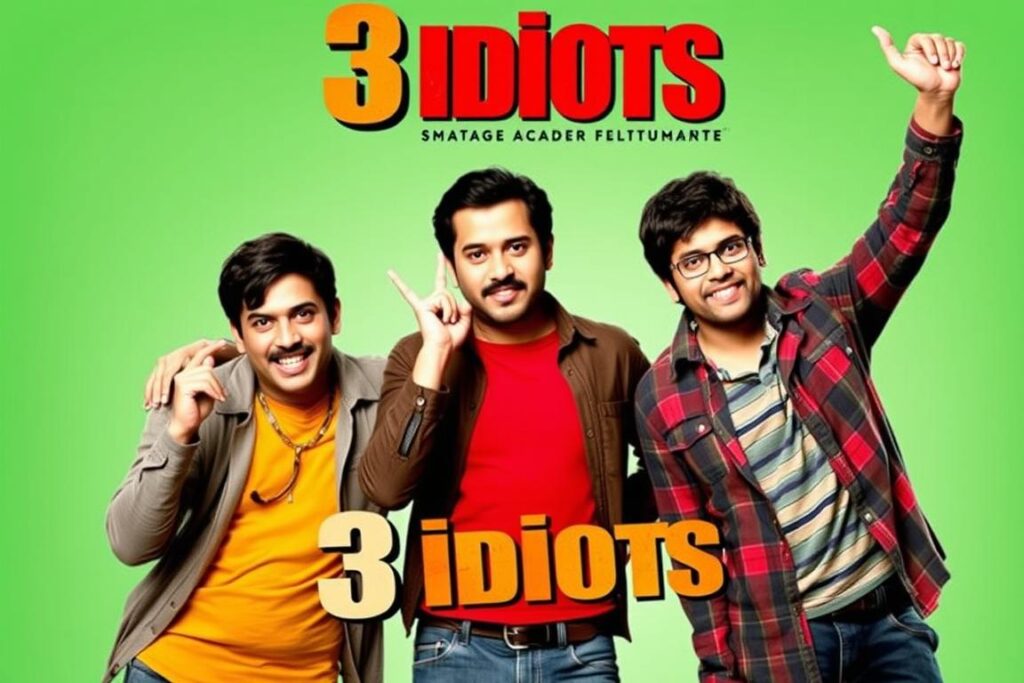
3 Idiots (2009)
Addressing India’s pressurized education system, this comedy-drama became one of Bollywood’s highest-grossing films while sparking national conversations about academic pressure.
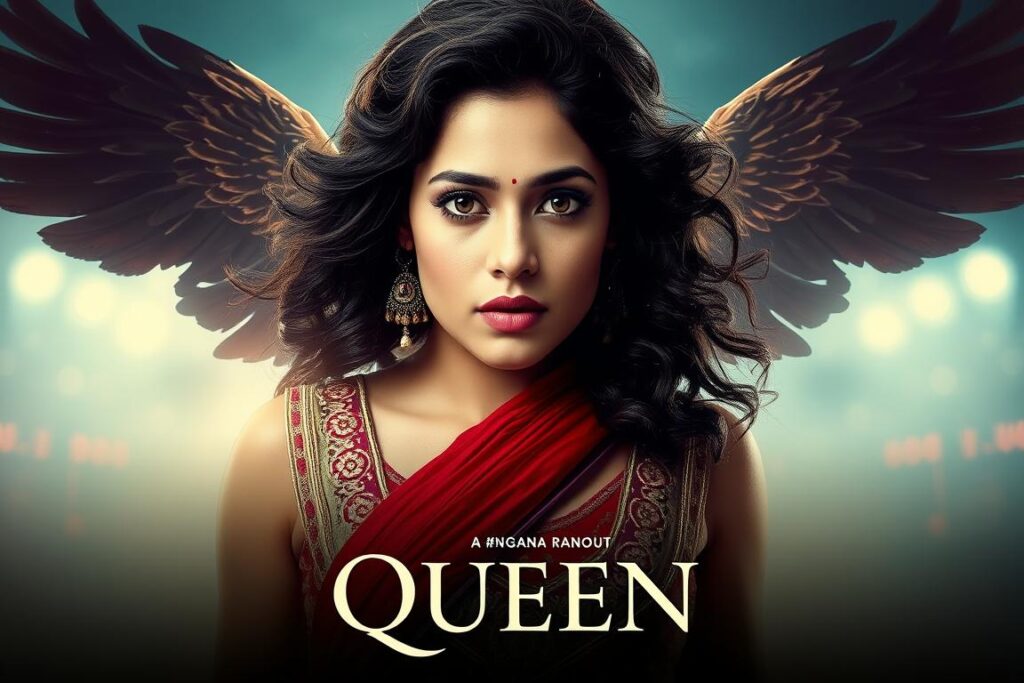
Queen (2014)
This female-centric story about self-discovery challenged Bollywood conventions with its realistic portrayal of a woman’s solo journey after being abandoned before her wedding.
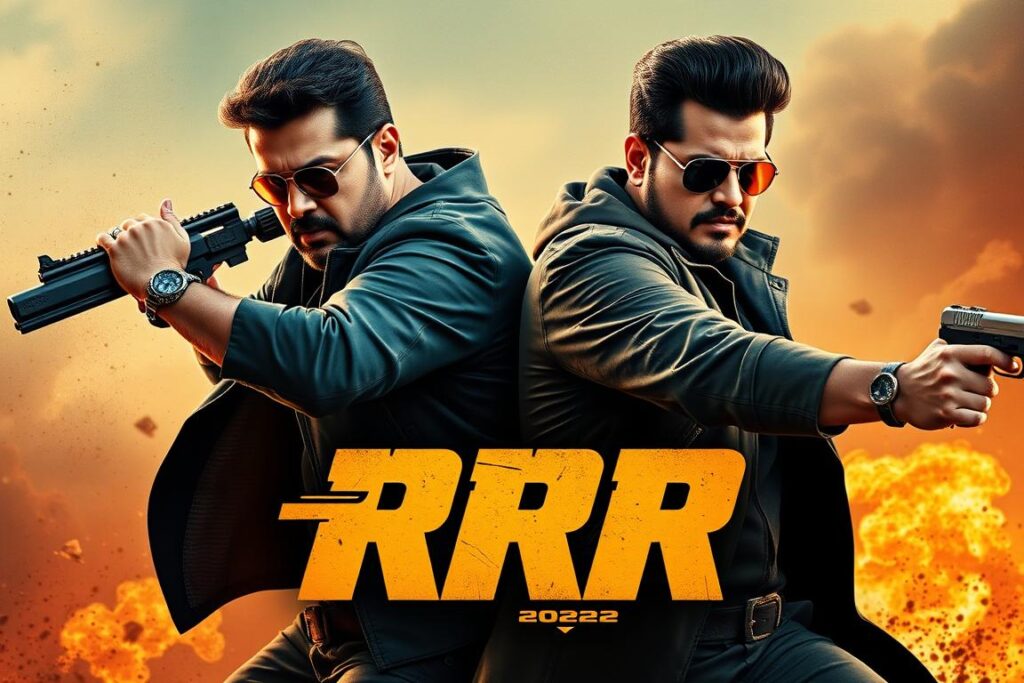
RRR (2022)
This action-packed historical fiction film gained unprecedented global attention, winning an Oscar for Best Original Song and introducing international audiences to the spectacle of Indian cinema.
Experience Iconic Bollywood
Ready to dive into these legendary films? We’ve created a curated watchlist with streaming links to help you start your Bollywood journey.
Behind the Scenes: The Architects of Bollywood Magic
The creative forces behind Bollywood movies have shaped the industry’s distinctive identity while pushing boundaries in storytelling and visual presentation.
Visionary Directors
Bollywood’s evolution has been guided by innovative filmmakers who balance artistic vision with commercial appeal. Sanjay Leela Bhansali creates opulent visual spectacles in films like “Padmaavat,” while Anurag Kashyap explores India’s darker realities in works such as “Gangs of Wasseypur.” Zoya Akhtar’s nuanced character studies and Rajkumar Hirani’s socially conscious comedies demonstrate the diversity of directorial approaches in contemporary Bollywood.
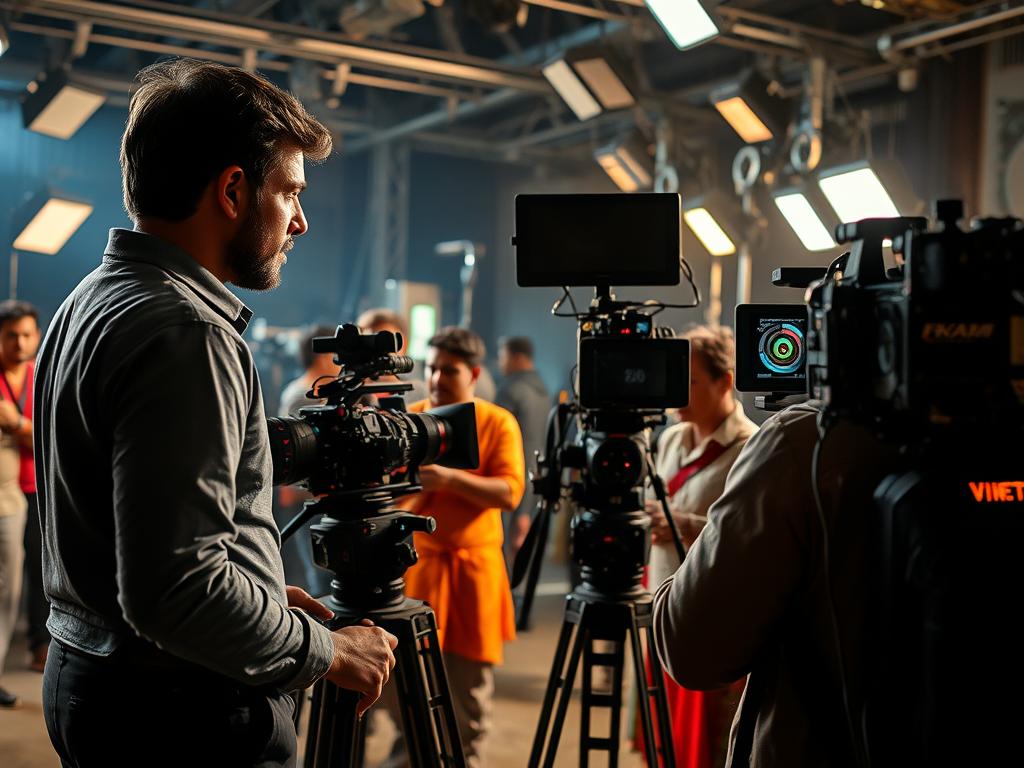
Iconic Stars and Their Legacy
The star system remains central to Bollywood’s appeal, with actors achieving almost mythical status. The three Khans—Shah Rukh, Aamir, and Salman—have dominated the industry for decades, each with a distinctive screen persona. Meanwhile, actresses like Deepika Padukone and Priyanka Chopra have challenged gender norms while achieving international recognition. A new generation of performers, including Ranbir Kapoor and Alia Bhatt, continues to redefine Bollywood stardom.
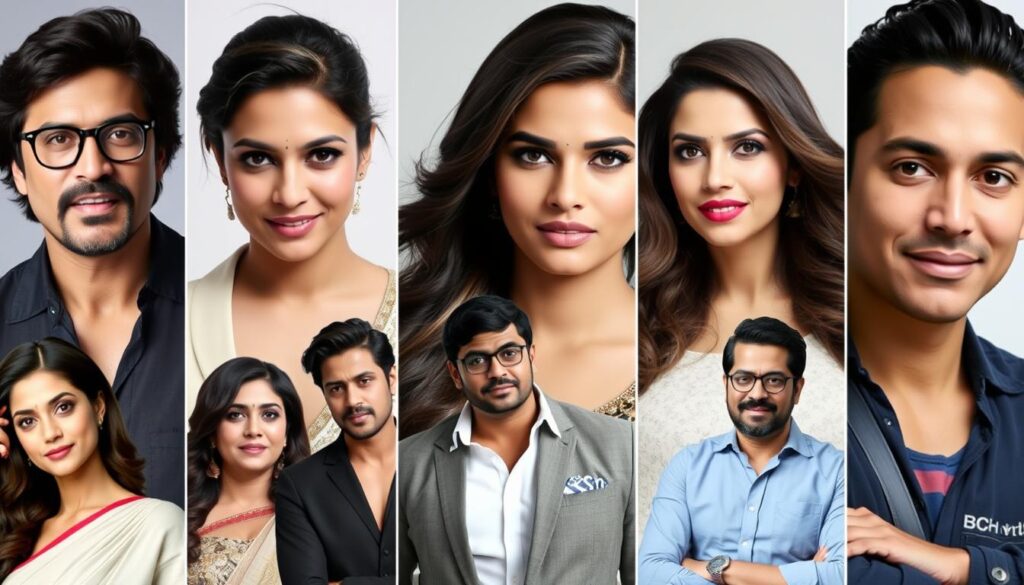
The Music Maestros
Bollywood’s soul resides in its music, with composers creating melodies that transcend the films themselves. A.R. Rahman’s innovative soundscapes have earned international acclaim, including two Academy Awards for “Slumdog Millionaire.” The late R.D. Burman’s experimental compositions from the 1970s continue to influence contemporary musicians, while Pritam and Amit Trivedi represent the current generation of hitmakers who blend traditional Indian sounds with global influences.
Technical Innovators
Behind every Bollywood spectacle stands a team of technical wizards. Choreographers like Saroj Khan and Farah Khan have created iconic dance sequences that define Bollywood’s visual language. Cinematographers such as Santosh Sivan bring directors’ visions to life with distinctive visual styles. The industry’s growing technical sophistication has enabled ambitious productions that rival Hollywood in scale and execution.
“Cinema is not just about making people laugh or cry. It’s about connecting with their souls, making them think, and perhaps changing their perspective.”
The Future of Bollywood: Emerging Trends and Global Ambitions
As Bollywood enters a new era, several developments signal the industry’s future direction and continued evolution.
Digital Transformation
The streaming revolution has fundamentally altered Bollywood’s ecosystem. OTT platforms provide creative freedom for filmmakers to explore unconventional subjects and formats. This digital shift has expanded Bollywood’s global reach while challenging traditional theatrical distribution models. The distinction between “film” and “web content” continues to blur, creating new opportunities for storytelling innovation.
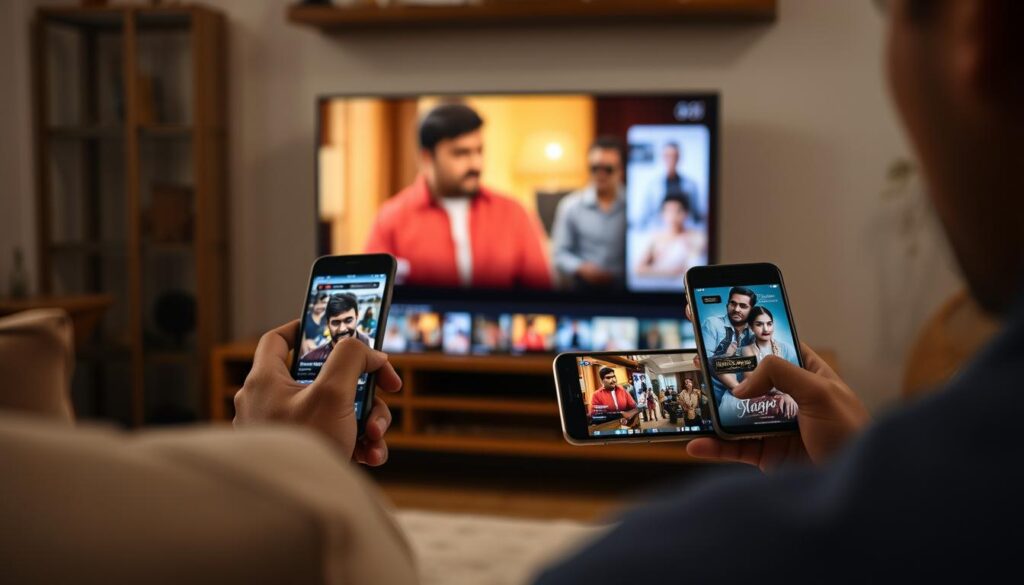
Global Collaborations
International partnerships are increasingly common, with Bollywood seeking global audiences through co-productions and crossover projects. Hollywood studios have established Indian production divisions, while Indian companies invest in international content. This cross-pollination introduces new perspectives while maintaining Bollywood’s distinctive cultural identity.
Regional Cinema’s Influence
The success of films from southern Indian industries, particularly Telugu and Tamil cinema, has influenced Bollywood’s approach to storytelling and spectacle. Pan-Indian productions that release simultaneously in multiple languages represent a new model for reaching diverse audiences across the subcontinent and beyond.
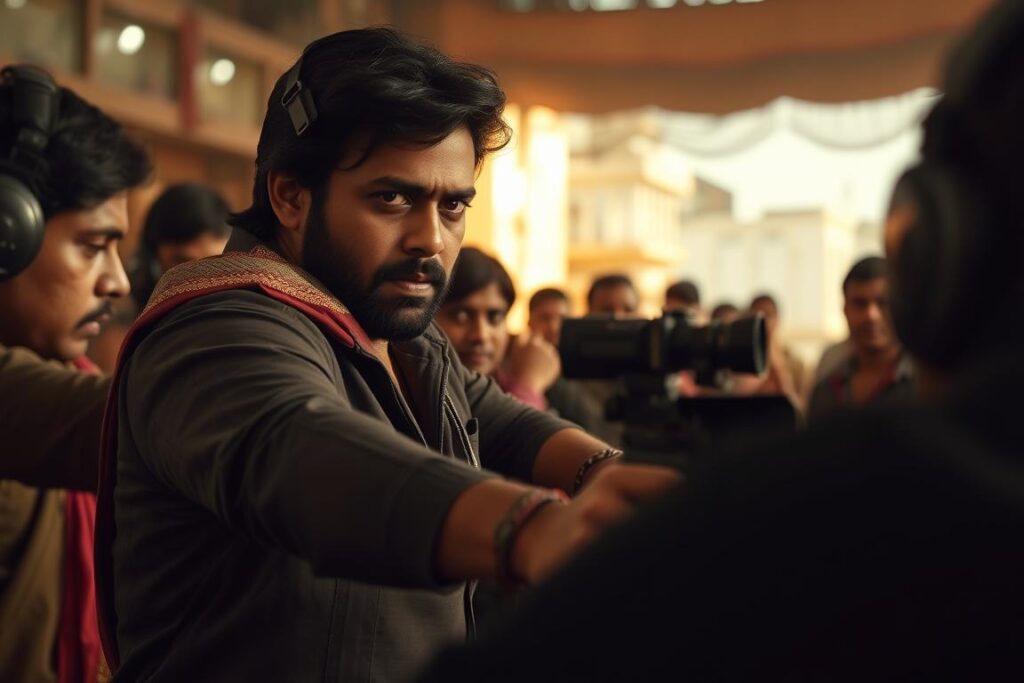
Strengths for Bollywood’s Future
- Massive domestic audience base
- Growing international recognition
- Rich cultural storytelling traditions
- Technical expertise and production infrastructure
- Digital distribution expanding reach
Challenges Ahead
- Increasing production costs
- Competition from global streaming content
- Balancing commercial appeal with artistic merit
- Addressing industry nepotism concerns
- Adapting to changing audience preferences
Explore Bollywood’s Future
Want to learn more about where Bollywood is headed? Our in-depth analysis covers emerging filmmakers, technological innovations, and market trends shaping Indian cinema.
Audience Reception: How Bollywood Movies Connect With Viewers
The relationship between Bollywood and its audience reflects complex cultural dynamics and evolving expectations.
Domestic vs. International Reception
While domestic audiences remain Bollywood’s core market, international viewers engage with Hindi cinema differently. Indian audiences often evaluate films through cultural and social lenses, while international viewers may focus on visual spectacle and exotic elements. This dual reception influences how filmmakers approach storytelling, particularly for projects with global ambitions.
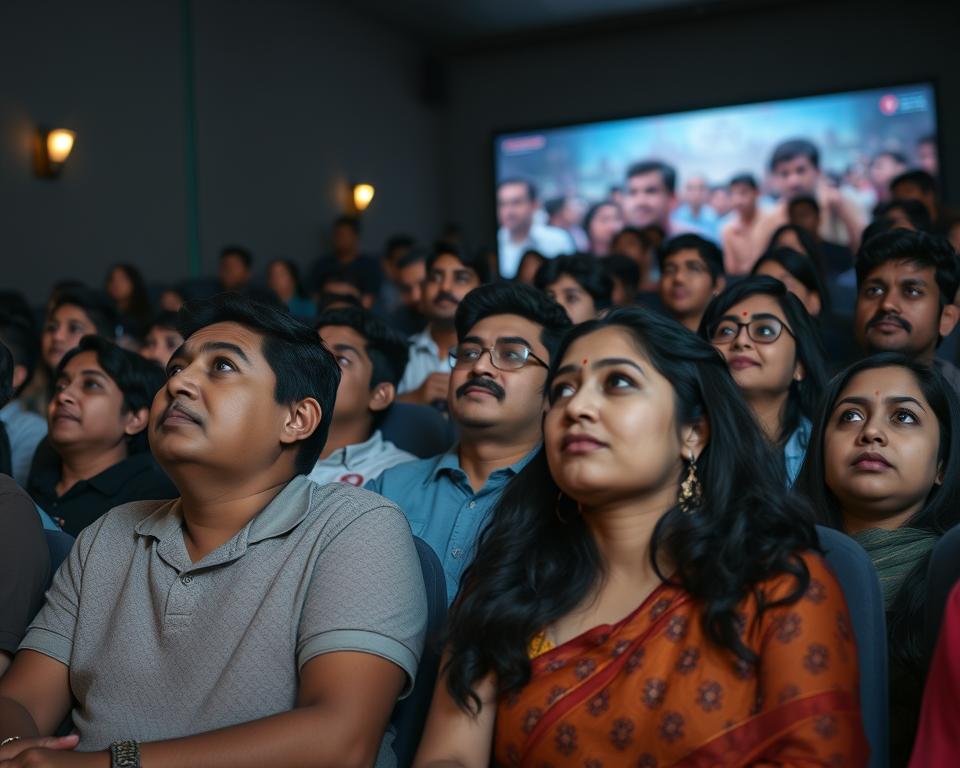
Critical Discourse and Controversies
The conversation around Bollywood has grown more nuanced, with critics and audiences examining issues like representation, historical accuracy, and social responsibility. The nepotism debate has highlighted concerns about industry accessibility, while controversies surrounding films like “Padmaavat” demonstrate cinema’s power to touch sensitive cultural nerves. Social media has amplified these discussions, creating new forms of audience engagement.
| Audience Segment | Primary Interests | Viewing Preferences | Engagement Level |
| Traditional Indian Viewers | Family dramas, Religious themes | Theatrical experience | High emotional investment |
| Urban Indian Youth | Content-driven, Social issues | Streaming platforms | Critical engagement |
| Indian Diaspora | Cultural connection, Nostalgia | Mix of theatrical and streaming | Cultural identification |
| International Cinephiles | Artistic merit, Cultural exploration | Film festivals, Curated streaming | Intellectual curiosity |
The Streaming Effect
Digital platforms have democratized access to Bollywood content while fragmenting audiences. Viewers now curate personalized experiences rather than sharing collective theatrical moments. This shift has created space for niche content alongside mainstream fare, reflecting India’s diverse perspectives and stories.
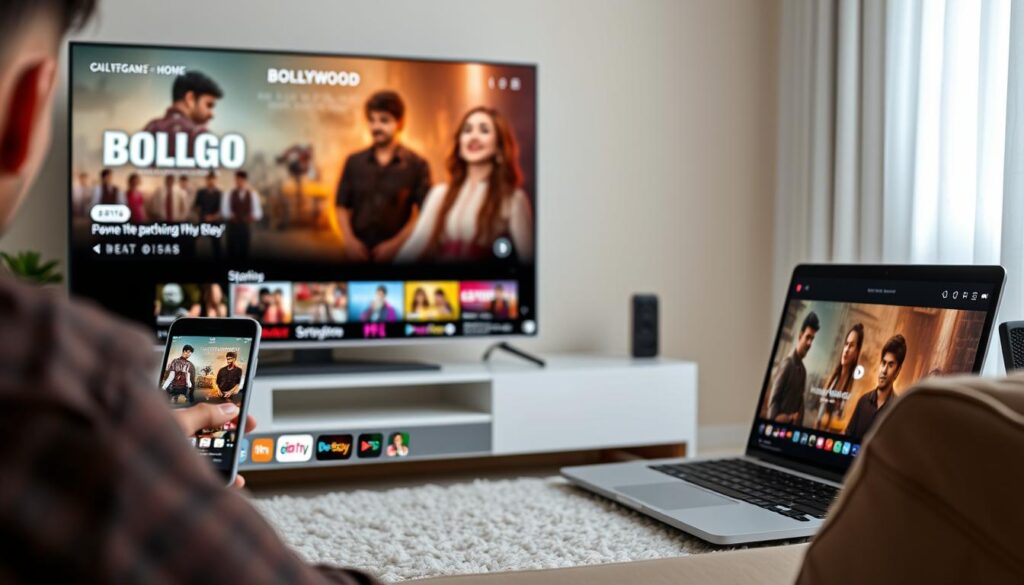
Conclusion: Bollywood’s Enduring Magic
Bollywood movies represent a unique cultural phenomenon that continues to evolve while maintaining its distinctive identity. From humble beginnings to global recognition, Hindi cinema has balanced tradition and innovation, creating an art form that resonates across boundaries. As Bollywood navigates technological disruption, changing audience tastes, and global opportunities, its fundamental appeal remains constant: the ability to transport viewers into worlds of emotion, music, and spectacle.
Whether you’re a longtime fan or new to Indian cinema, Bollywood offers a rich tapestry of experiences that reflect both universal human emotions and the specific cultural context of the world’s largest democracy. As the industry continues its remarkable journey, it invites audiences everywhere to participate in its colorful, musical, and deeply emotional storytelling tradition.
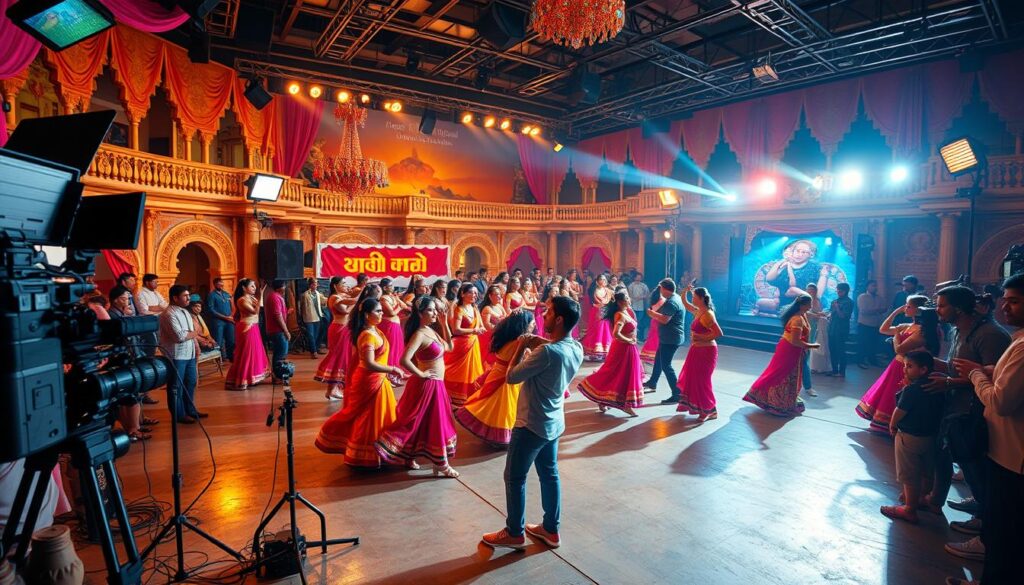
Begin Your Bollywood Journey
Ready to explore the world of Bollywood movies? Start with our carefully curated beginner’s guide featuring essential films, music, and cultural context.

